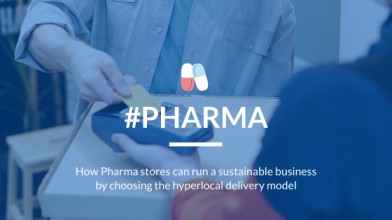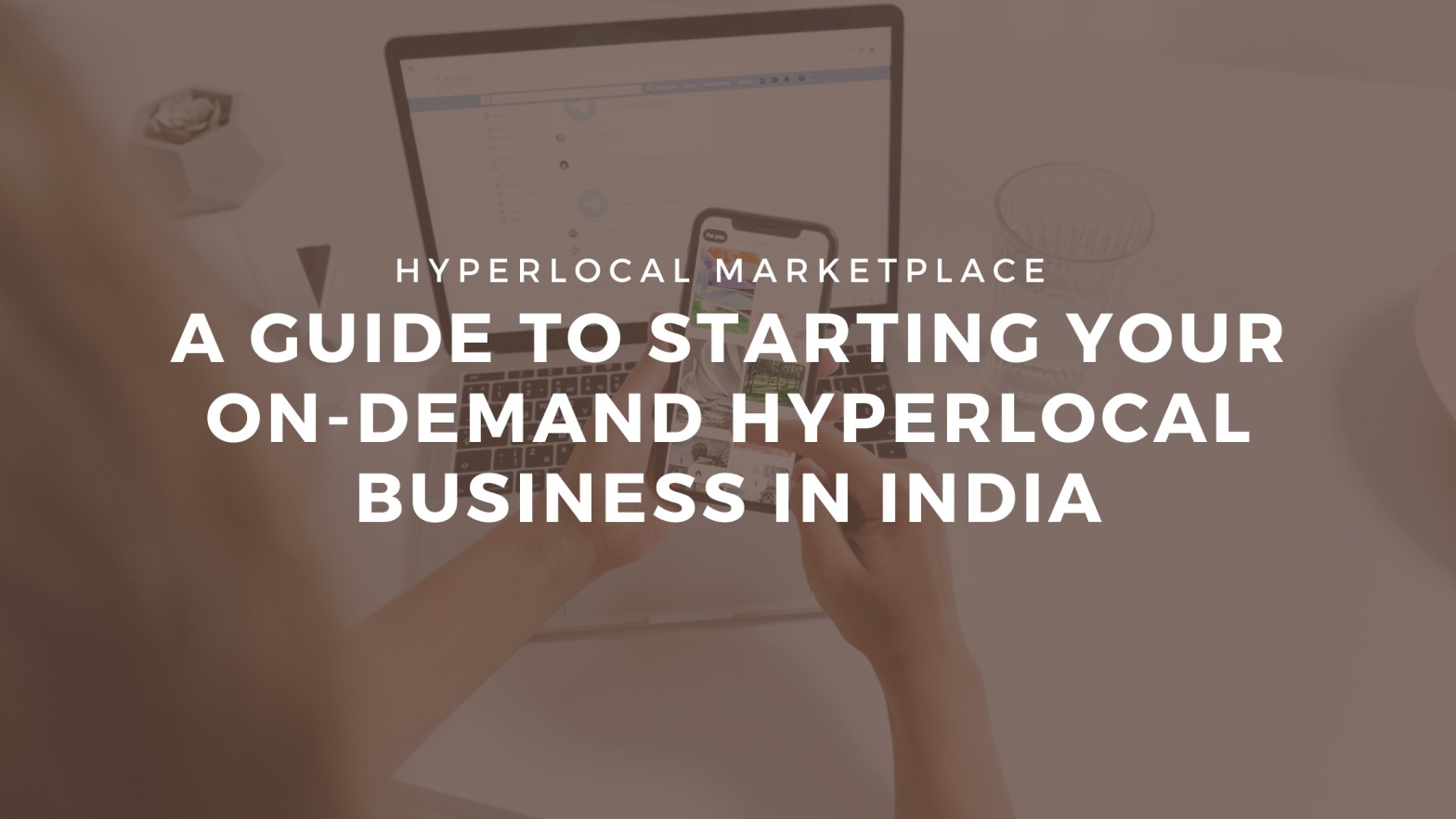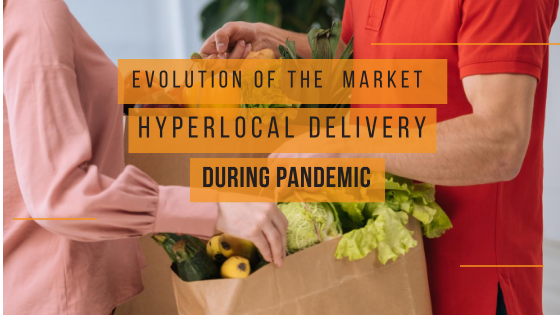
How Pharma stores can run a sustainable business by choosing the hyperlocal delivery model
- May 4, 2021
- 8:24 am
- delivery, hyperlocal delivery
Today, almost all essentials are available for purchase online. Groceries, food, clothing, personal care products, and even medicines are included in this list. Medicine distribution has been standard practice in India in recent years and what was once only available in chemist shops is now also available online.
Various drug delivery apps, such as 1 MG, Pharmeasy, Apollo, Fortis, and others, have begun to distribute medications. They distribute over-the-counter medications and other medical supplies right to the customer’s door. Does this imply that local chemist shops are no longer needed? Certainly not. To make their customers more comfortable, local chemist shops are opening online stores or collaborating with marketplaces.
Table of Contents
This is where hyperlocal deliveries play an important role to counterbalance the rise in demand, with supply. Let us take a closer look at how the hyperlocal model can help pharma retailers not just survive, but thrive! A few benefits:
Transparency and Productivity:
Most of the benefits provided by this distribution model go to your customers. They can weigh the various choices to make an informed decision. Customers benefit the most from efficient delivery. This is something that helps offline stores increase their CSR (Customer Satisfaction Rate) to attract new customers in the future.
Less effort needed by Retailers:
Another reason why top mobile app development companies are focusing on developing mobile apps based on the Hyperlocal model is that embracing the Hyperlocal concept provides them with a fantastic opportunity to save money and expand their company like never before. It enables offline retailers to register their stores with one of the relevant platforms. Once some customers have placed an order, the distribution partner may allocate it to a delivery executive. The delivery partner will then oversee the successful delivery of medicines to the customer.
Enhanced competition:
Customers benefit the most from this cutting-edge delivery method. It works as a system that encourages offline retailers to improve the efficiency, transparency, and relevant standards and practices of their businesses. As a result, customers receive the highest quality products or services at a low cost.
Increased revenue because of eCommerce:
The rapid growth of e-commerce has hurt offline retailers. E-commerce is now seen by most of them as a threat to their companies. Acceptance and implementation of Hyperlocal concepts provide them with a fantastic opportunity to gain exposure and develop their sales, consumer base, and revenue to remain competitive in the marketplace.
No additional retail investment:
If you are a small company that is just getting started with your pharmacy; you do not need to open several retail locations. With the use of drug delivery, you can work directly from your warehouse and deliver medications to your customers’ doorsteps.
A Combination of Delivery and Retail:
If you own a chemist store, you can deliver medications, vitamins, personal care products, and other items to your customers’ homes. You probably already do it with a local fleet, but with a full-fledged medicine delivery system, you can expand and develop your company.
Target a Larger Audience:
You do not have to sell in a specific geographic region if you use the medication distribution process. You can sell to people from all over the world. Only the delivery time would be longer, but if you sell unique medicines, it could be a boon for your business.
Increased Profits:
You can generate revenue from a variety of sources with online medicine distribution. You can also expand your inventory to meet the needs of your expanded audience and offer vitamins, medical supplies, and other products. Without a large initial investment, online medicine distribution will help you grow your company.
For many e-commerce businesses, hyperlocal is quickly becoming the hottest market trend. Therefore, regularly, many e-commerce companies are now able to meet their customers’ demands at their preferred locations in a noticeably short time. Going forward, the hyperlocal delivery space will continue to flourish, especially at a time when the COVID-19 scare is widespread, and many consumers have grown accustomed to receiving essentials at the click of a button.
Effective fleet management and last-mile delivery optimization will help you make quicker hyperlocal deliveries, whether you are an e-commerce vendor or a local delivery service. MIMO can help your business come online with the best hyperlocal delivery services in the region.
Like this article?
More To Explore

What Factors Should Organizations Consider Before Outsourcing Their Internal Audit Functions?
+91 1141182211 Outsourcing has become a strategic choice for many organizations looking to streamline operations, reduce costs, and enhance efficiency.

Outsourcing Internal Audit: Evaluating the Upsides and Downsides for Your Organization
+91 1141182211 In today’s dynamic business environment, companies face increasing pressure to enhance efficiency, manage risks effectively, and ensure compliance

A Background Verification Guide: Frequently Asked Questions and Their Answers
+91 1141182211 Background verification (BGV) is a crucial process used by employers to ensure they are hiring candidates with accurate




